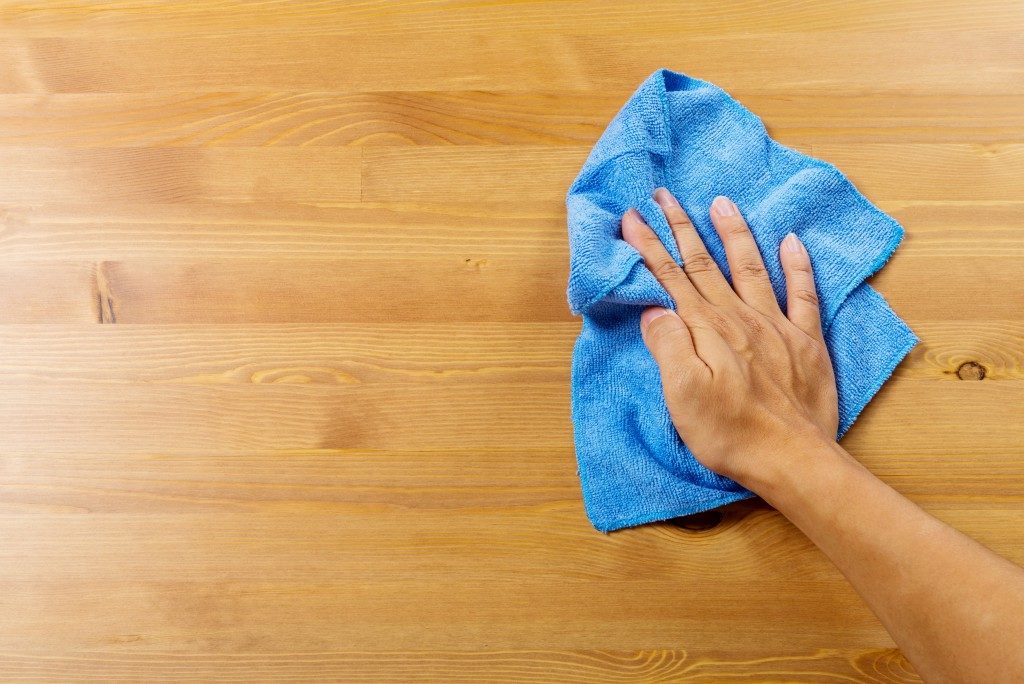Human shelters have constantly evolved. From tents to sophisticated high-rise buildings, we have indeed come a long way. Granted that technological advancement and inventions have been integral to the architectural changes in history, improvement is not restricted to homes. Scientific innovations have also made cleaning supplies and products more efficient than ever.
As mankind decided to bid farewell to their nomadic lifestyle and started to reside in permanent homes, a myriad of methods had been done for the maintenance and upkeep of properties. First, let us discuss the evolution of cleaning materials, from the ancient civilizations to the present era.
Water
In the early times, there wasn’t much to clean except for natural substances like dirt and mud. Water is considered as man’s first cleaning chemical. It is also called the universal solvent due to its molecular structure that can rinse and dissolve almost any compound. Today, water is still essential for human survival.
Soap
The ancient Babylonians accidentally discovered a way to enhance the cleaning ability of water. They made a more effective cleaning mixture by combining water with wood ash and animal-based fat, thus creating the world’s first handcrafted soap.
In ancient Egypt, vegetable oils and alkaline salts were used as ingredients for soap. They used these to bathe their bodies and wash their clothing. According to history, they are the first people to do so.
As for the Romans, they created a lye soap solution by accident. During a religious ritual of sacrificing animals in Mount Sapo, rain caused animal fat to combine with volcanic ash. This mixture then set in the river of Tiber, leading to the discovery of lye soap. The term “soap” is believed to have been derived from “Sapo,” the name of the mountain.
In the late 17th century, people in Europe started to be aware of the link between personal hygiene and diseases. Thus, to prevent the prevalence of ailments, cleanliness was widely promoted. Soap bars were extensively manufactured and sold in many countries.
Detergents

Bacteria were first discovered by scientist Antoni Van Leeuwenhoek. He found out that bacteria are pathogens that cause a multitude of diseases. More discoveries had been made in this area of study and cleaner practices have been popularised to promote health.
Antibacterial substances have been created to combat bacteria. For instance, Joseph Lister is credited with discovering the antibacterial properties of carbolic acid. The world’s first antiseptic was then invented and widely used in households and hospitals.
In the 1880s, the mass production of carbolic soap began. Other milder and more efficient disinfectants became available in the market shortly afterward.
Chemists started to use various chemicals, compounds, and enzymes for the crafting of synthetic surfactants. Detergents were widely distributed and used as staple cleaning supplies in households. As technology continued to develop, more eco-friendly and biodegradable options were made available.
Today, modern chemistry has allowed the safe usage of specialised chemicals not only for cleaning, but for the restoration and repair of areas in houses and commercial spaces. Chemical systems and modern services can now disinfect equipment, pipelines, and automated devices. Chemicals are also able to purify, treat, and condition water. In addition, the manufacturing of cleaning products is required to follow the requirements of environmental legislation.


